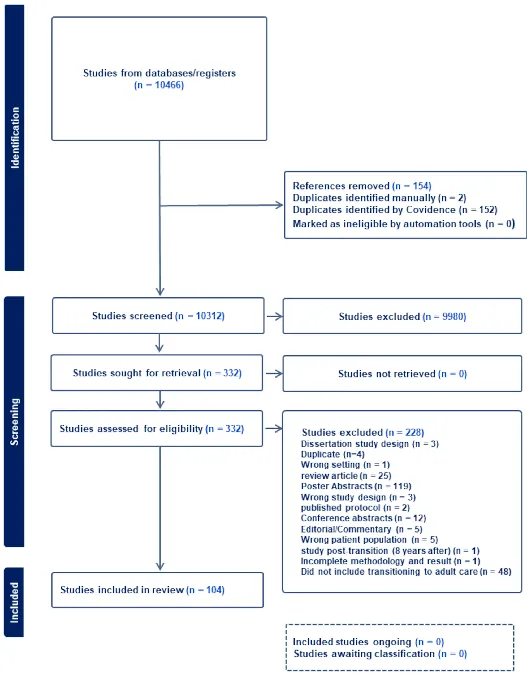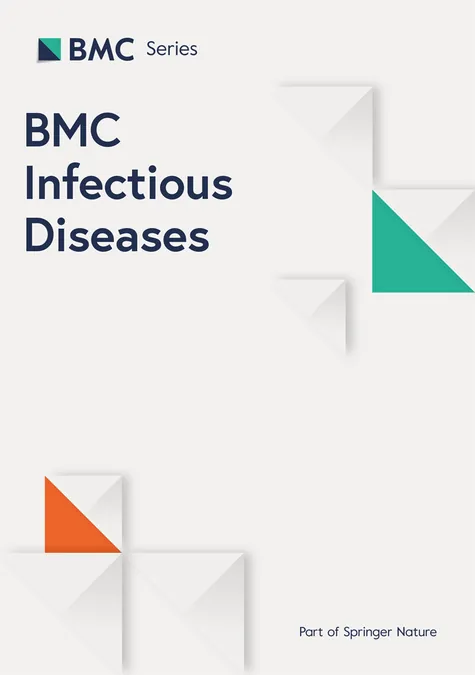
Navigating the Transition: Youth-Onset Diabetes Care from Adolescence to Adulthood
2025-05-15
Author: Nur
The Growing Challenge of Youth-Onset Diabetes
Youth-onset diabetes is increasingly becoming an epidemic, with alarming trends in both Type 1 and Type 2 diagnoses among adolescents. Recent studies highlight rising incidence rates, particularly in the U.S., suggesting a pressing need for effective care transition strategies as these young individuals age into adulthood.
The Importance of a Smooth Transition
As children with diabetes reach adulthood, transitioning to adult care can be fraught with challenges. The American Diabetes Association emphasizes the importance of structured transition plans to equip these young individuals with the knowledge and confidence necessary for self-management.
Understanding Socio-Ecological Factors
The socio-ecological model offers valuable insights into the various factors influencing this transition. From social support networks to economic barriers, understanding these elements is critical in addressing disparities and ensuring that all youths receive adequate care.
Mental Health Matters
Mental health is a significant aspect of managing diabetes, particularly during the transition phase. Many young adults experience diabetes distress, which can hinder their self-care efforts and impact their overall health outcomes.
Innovative Approaches to Support Young Adults
New programs aimed at improving the transition experience are cropping up, including peer support initiatives and specialized educational resources designed to empower young adults. These innovations seek to ease the migration from pediatric to adult care, focusing on stability and fostering independence.
Looking Ahead: Strategies for Improvement
To combat the challenges associated with transitioning to adult diabetes care, ongoing research and collaboration among healthcare providers, patients, and families is essential. By examining barriers and generating effective strategies, we can enhance the experiences of young adults managing diabetes.
Conclusion: A Call to Action
As the prevalence of youth-onset diabetes continues to rise, focusing on the transition to adult care must be a priority. By addressing the socio-ecological factors at play and prioritizing mental health support, a more effective, seamless system can be established—ensuring that no young adult feels lost in their journey towards health.




 Brasil (PT)
Brasil (PT)
 Canada (EN)
Canada (EN)
 Chile (ES)
Chile (ES)
 Česko (CS)
Česko (CS)
 대한민국 (KO)
대한민국 (KO)
 España (ES)
España (ES)
 France (FR)
France (FR)
 Hong Kong (EN)
Hong Kong (EN)
 Italia (IT)
Italia (IT)
 日本 (JA)
日本 (JA)
 Magyarország (HU)
Magyarország (HU)
 Norge (NO)
Norge (NO)
 Polska (PL)
Polska (PL)
 Schweiz (DE)
Schweiz (DE)
 Singapore (EN)
Singapore (EN)
 Sverige (SV)
Sverige (SV)
 Suomi (FI)
Suomi (FI)
 Türkiye (TR)
Türkiye (TR)
 الإمارات العربية المتحدة (AR)
الإمارات العربية المتحدة (AR)